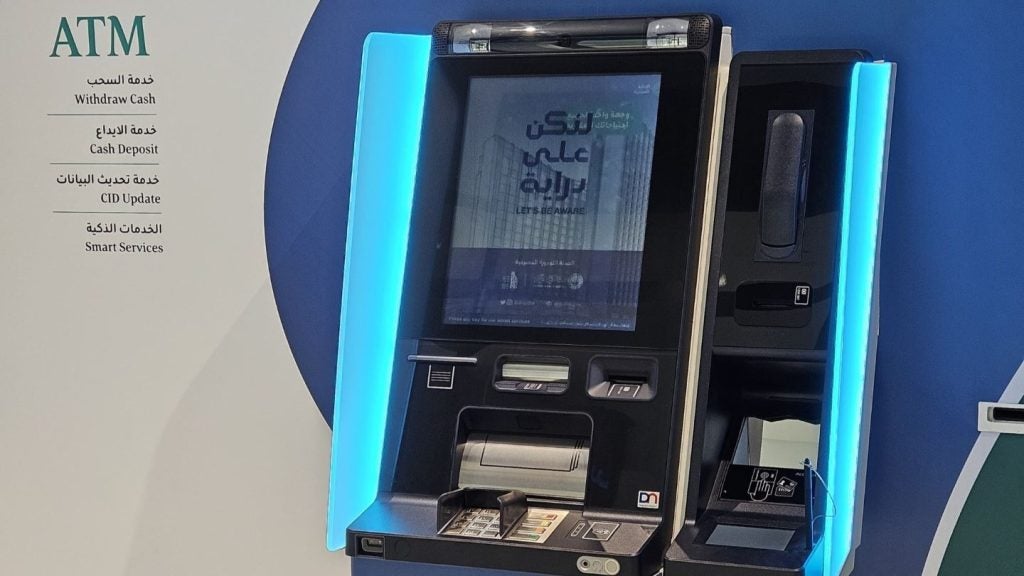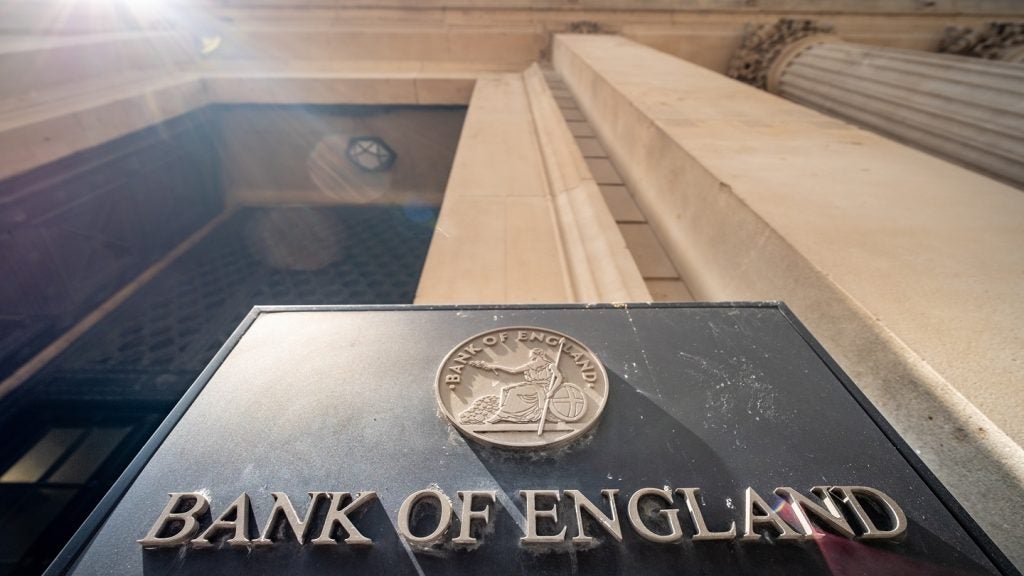
The 1p saving challenge tasks people to save slowly over the course of the year. Starting on January 1st, savers will set aside just one penny. On the 2nd of the month 2p, 3p on the third, 4p on the fourth etc. The amount that you put in rises by 1p each day until at the end of the year you have saved £667.95. Great, in theory.
How did I discover this technique? By seeing it every other day on TikTok and other social media platforms. Every single day! But this year was different, as I was surprised to see a notification appear on my phone from Monzo, encouraging me to partake in the challenge.
Now Monzo is the most ‘social media-y’ bank. Its bright colours, colloquial language and digital-only system make it a very modern banking experience.
With the huge popularity of Spotify Wrapped, a yearly review conducted by Spotify to analyse customers’ music listening habits, Monzo, much like many other companies, copied this model. Monzo best highlights its model here, calling me a “massive mug” for spending a fair bit of money at Sports Direct. I doubt any other bank would even dare to call a customer a mug and not have it jeopardise the brand image.
So it makes sense that Monzo would jump in on this social media trend. However, it raises the question of how much influence social media has on the way customers bank and save.
TikTok has become a go-to source for pretty much everything for lots of people. Therefore, financial advice and viral budgeting trends, challenges and hacks, are no different. The aim of a lot of these challenges is to save a smaller amount of money rather than a huge chunk, to help reduce the risk of giving up on your goal. This approach, often referred to as ‘micro-saving,’ has inspired TikTok users to share a range of “hacks” to help others achieve success.

US Tariffs are shifting - will you react or anticipate?
Don’t let policy changes catch you off guard. Stay proactive with real-time data and expert analysis.
By GlobalDataThe 1p saving challenge seems like a lovely idea. But as with many aspects of social media, it fails to factor in a lot of real-life situations. But writing this as someone well aware that January is the longest month until payday for most people, and with the gradual increase and added expenses of Christmas time, a £108.50 added cost in December seems like something only achievable on paper.
There are many other trends currently around on social media promising people a way to save with ease. But are they any good?
Envelope Saving Challenge
Nick Drewe, trend expert and founder of Wethrift, conducted some research into a lot of current saving trends seen on social media. He explains another viral trend, the Envelope Saving Challenge. He said: “With a whopping 104.3 million views, the #envelopesavingchallenge is one of the most popular savings hacks on TikTok. The aim of the viral challenge is to get 100 envelopes and label them from one to 100. On day one of the challenge, you will add £1 to envelope one, on the second day, £2 to envelope two, £3 on day three, and so on.
“Despite the challenge focusing on 100 envelopes, many people are opting for a smaller number in line with their own personal budgets, as the original challenge is designed to save participants £5,000 over 100 days.”
The latter part of Drewe’s observation is what is most pressing about this. The amendment to personal budget. This task has very much the same premise as the 1p saving challenge but fails to explain that while saving £1 and £2 a day under the promise of reaching £5000, you are going to be left with some very expensive days that will just make the task impossible.
Change-Skimming or The Round-Up Hack
Drewe explores other trends, including another that has also found itself included in the mainstream banking world. He explained: “Another clever hack is the round-up challenge. This involves rounding all purchases up to the nearest full number and adding the difference to your savings. For example, if you were to spend £5.75 on your lunch, you would round this up to £6 and transfer the 25p to your savings account. Over time, adding the difference to your savings from all of your purchases will soon increase without the need to transfer significant amounts.”
This is indeed a clever hack and is one that has also been adapted by banks and other companies. For example, I have used one before in order to put money into Moneybox, a savings account for saving for your first home, using its inbuild round-up feature. However, as I soon noticed, it wasn’t quite what it said on the tin. Instead of rounding up and transferring after each transaction. But instead waited until the end of the week. Which raised the question why would I do this? Having £30 leave your account at the end of the week seems a lot different to the promise of putting aside a couple pence when you buy a mars bar.
Last Digit Hack
Drewe commented: “Another money-saving hack that has done the rounds online is the last digit challenge. At the end of each day, check your bank balance and add the last digit to your savings account.
“For example, if your bank balance is £1,756, add £6 or 6p to your savings account depending on your own personal budget. By repeating this process on a daily basis, the money in your savings will soon begin to add up.”
This one seems a much more manageable trend, with no set obligation to a specific money target to make you feel tied down. However, of course, this will not raise as much money as other methods. Even if it was the maximum of 99p a day, that’s still £361.35 a year.
Should we listen to these trends?
So what would be the biggest take home after taking a closer look at these trends? Ignore them all and just do it yourself! The 1p saving challenge does indeed feel like a fun and harmless way to save money Plus, with its growth in popularity, doing it along with friends could add further motivation to save. But those who commit must be aware, as they should be, of the increase in deposits that will hit you at the end of the year.
As for the others and the inevitable new ‘saving hacks’ that will no doubt arise on social media over the course of the next year, be wary. Perhaps videos like these are not too far away from a modern-day pyramid scheme, with users attempting to make a video that gets enough views to start making money from it, and having people commit to the ‘challenge’ to drive its coverage, only for savers to discover that in fact, saving doesn’t need to be cool, it just needs to be practical.







